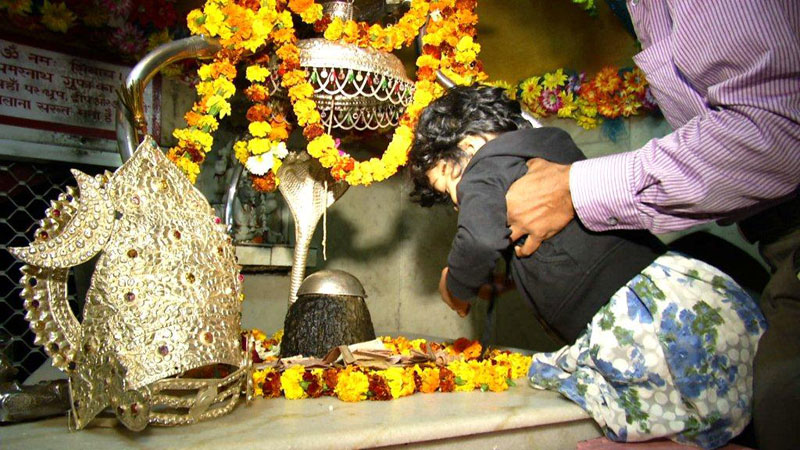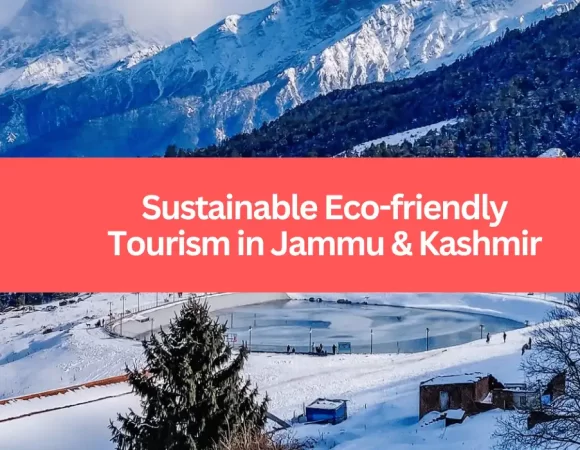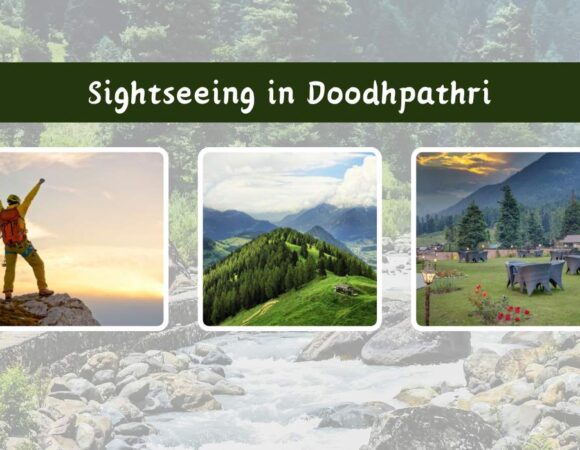PEER KHO- JAMMU
Peer Kho is a cave temple located on the circular road in Jammu, just 3.5 km away from city center. Dedicated to Lord Shiva, the temple has a naturally formed Shiva lingam. Commonly referred as cave temple, Peer Kho houses two natural caves. It is also called as ‘Jamvant Cave’ as it is said to believe that Ramayan character ‘Jamvant’ (the Beer God) meditated in this cave. Devotees throng the temple on Poormina, Amavasya and Ekadashi of every month. During Shivratri, Purnima and Raksha Bandhan, some important festivals held in this temple.
Historical Significance
Peer Kho is historically of great importance because it is one of the oldest cave temples in Jammu, considered great by both Hindus and Muslims. The temple is in honor of Peer Baba, also known as Jogi Guru Garib Nath, symbolic to join the faiths together between the Sufi and Hindu sectors, for religious coexistence. This temple is said, according to legend, to have to do with ancient times where the followers of Lord Shiva would meditate in the time of Ravana. The cave is part of a giant mysterious network of old passages. This part is supposed to be Peer Baba’s site of meditation, giving it a spiritual value, further acquiring the metaphorical sense of devotion beyond denominational boundaries.Significance in religion
Peer Kho has a significant religious importance to both Hindus and Muslims because it has shown peaceful coexistence between two different faiths. Devotees, in this case, Hindus, visit the temple during Navratri and Shivratri to pay some homage to Lord Shiva. There are people who believed that the temple is spiritually important and one of the pilgrimage sites a number of devotees visit to get a chance for meditation and good fortune. The cave shrine, related to Peer Baba’s meditation, symbolizes a site of spiritual power through which people seek peace, healing, and divine guidance. Peer Kho becomes an important unique religious center with the blend of Sufi and Hindu practices creating a transcendence of particularistic religious differences that foster unity in congregational worship.Journey & Dedication
Peer Kho is a large place of worship to which many people come in a year to pay their respects and homage, especially on occasions like Shivratri and Navratri. The people go there and pray to the Lord Shiva and make requests from Peer Baba for peace, prosperity, and personal spiritual growth. People believe that the temple is great in terms of spiritual charges, hence a perfect place for meditation and introspection. Many devotees also perform traditional rituals like lighting the oil lamps (diya), and they give milk and flowers to Lord Shiva. The deep, peaceful vibration in this cave boosts the religiousness experience with massive faith and serenity in the minds of visitors. The faith site and designation Peer Kho is more than that. Rather, it is a place where people from differing communities go to find solace in their spirituality. It is driven from inside by faith and zeal that transcends any personal beliefs.Best Time to Visit
The ideal time to visit Peer Kho is during Shivratri or Navratri festivals. For a peaceful experience, visit between October and March when the weather is cool and pleasant.Experience for tourists
Peer Kho gives tourists a quiet, spiritually nourishing vacation. Situated at the idyllic shores of the Tawi River, the temple gives its visitors a haven from the extreme heat of a bustling city and offers an awe-inspiring backdrop where one can conduct meditation and introspection. The ancient form that is the cave spells mystique, and the view of the river by the temple adds a touch of beauty to the surroundings of the place. For, for instance, tourists indulge in the cementation of religious significance with cultural heritage, such as the cave shrine dedicated to Lord Shiva and Peer Baba. Best visiting season is during festivals like Shivratri when devotion replete the temple with colourful ceremonies. There are many nearby attractions to be explored in the place, including the Raghunath Temple or a walk along the Tawi River for beautiful vistas. In order to experience it in the right sense, visitors are often advised to observe regional culture and keep the temple as sacred for the period they pay their visit.Map
Temples in Jammu Region
- Raghunath Mandir – Jammu
- Bawey Wali Mata – Jammu
- Peer-Kho – Jammu
- Ranbireshwar Temple – Jammu
- Panchbakhtar Temple – Jammu
- Shiv Khori – Udhampur
- Sudh Mahadev – Patnitop
- Lakshmi Narayan Temple – Jammu
- Buddha Amarnath Temple – Ponch
- Sarthal Mata Temple – Kishtwar
- Purmandal Temple – Jammu
- TSO Moriri – Ladakh
- Sui & Burj Temple – Jammu
- Bala Sundri Temple – Kathua
- Sukrala Mata Temple – Billawar
- Gauri Kund Temple – Patnitop
- Mantalai Temple – Jammu
- Kameshwar Temple – Akhnoor
- Kolkandoli Temple – Nagrota
- Chichi Mata Temple – Samba
- Shesnag Temple – Mansar Lake
- Mata Chanchloyee Devi Temple – Kathua
- Shiv Temple – Basholi Fort
- Mahabilvakeshwar Temple – Billawar
- Temples in Basohli City
- Nag Temple – Patnitop
- Vasuki Nag Temple – Bhaderwah
- Krimchi Temple – Jammu
- Guptganga Temple – Bhaderwah
- Machail Mata Temple – Kishtwar
- Gadadharji Temple – Jammu
- Babore Temple – Udhampur
- Dudhadhari Temple – Jammu
- Ram Kund Temple – Poonch
Related Blogs
March 12, 2025Kashmir Hills
Sustainable Eco-Friendly & Responsible Tourism in Kashmir
Spread the loveKashmir, often referred to as
November 29, 2024Kashmir Hills
Kashmir tour for Schools, Colleges and Education institutions
Spread the loveKashmir, often known as “Paradise
November 16, 2024Kashmir Hills
Meetings, Incentives, Conferences, and Exhibitions Tours in Kashmir – MICE Tourism
Spread the loveMICE tourism (meetings, incentives, conferences,
October 7, 2024Kashmir Hills
Pre Wedding Photography in Kashmir
Spread the loveKashmir, often called the “Heaven
September 21, 2024Kashmir Hills
Romantic idea to make your honeymoon memorable in Kashmir
Spread the loveAre you dreaming of a
September 18, 2024Kashmir Hills
Destination Wedding in Kashmir
Spread the lovePlanning a wedding in Kashmir
August 21, 2024Kashmir Hills
Low Cost Kashmir Budget Friendly Tour
Spread the loveKashmir has truly breathtaking places
August 12, 2024Kashmir Hills
Most Popular Shopping Markets in Sonamarg
Spread the loveThe Sonmarg Market is a
August 12, 2024Kashmir Hills
Adventure Activities & Things to Do in Doodhpathri
Spread the loveLocated in the scenic landscapes
August 12, 2024Kashmir Hills
Sightseeing in Doodhpathri
Spread the loveLocated in the serene landscape











